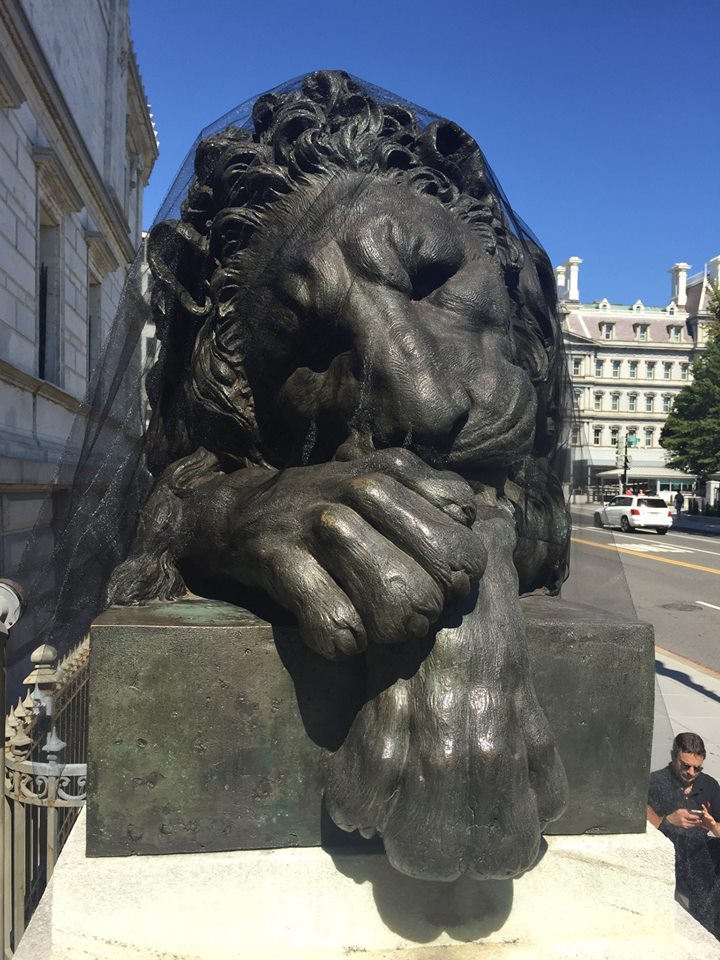If you thought everything about the future of the Corcoran Art Gallery was parsed and settled, much to the dismay of its students, faculty, curators and various formers in all three categories, think again. There’s another outrage.
 The Corcoran’s archives, which relate its entire 145-year history, are slated to be broken up.
The Corcoran’s archives, which relate its entire 145-year history, are slated to be broken up.
Any archivist will tell you that, more important than the possibly wonderful individual items, it’s the whole of an archive that matters most to the historical record.
Indeed, the Corcoran archives contain “all institutional records, meeting notes, photographs, exhibition files, gallery publications and catalogues, architectural records, press clippings and scrapbooks, the journal of the gallery’s first curator William MacLeod, 1876-1886, records of the Washington Gallery of Modern Art 1962-1968, and records for art works,” according to Linda Crocker Simmons, curator emerita of the Corcoran. She established these archives in 1980 with the assistance of grants from the National Historical Publications and Records Commission.
Though the issue of the archives was discussed during the breakup of the Corcoran, it hasn’t had much, if any, public exposure until I raised it yesterday with Carolyn Campbell, a former PR and Events Director of the Corcoran. “Excellent question,” she wrote me back, and told me of the breakup plan.
Known as “art related materials” in the agreement, the pact says that any papers related to art works would go with those works as they are distributed. to the National Gallery of Art or beyond, to other museums. The remainder of the items, it said, would be the turned over to an executive group of some of the new, non-profit Corcoran’s board and trustees of the NGA.
Simmons and Campbell add, rightly:
Taken as a whole the records provide a unique picture of how private museums have operated from the 19th century to modern times. Because of the growing interest in American art history and cultural history, the Corcoran Archives was begun as a service to humanities scholars and other interested parties. Ironically, a filmmaker making a documentary on the history of Washington, DC’s art scene recently asked on the “In Memory of the Corcoran†Facebook page where they could find some documentation – since there are no more Archives, she and others like her no longer have it as a resource.
I heard another rumor, unsubstantiated at the moment, that the archives were being weeded out. By whom? Don’t know. Still, in probable good news, Marisa Bourgoin, who was the last Corcoran Archivist and now works at the Archives of American Art, is consulting on the division and distribution of records.
Simmons and Campbell believe that at the very least be digitally copied before being broken up. That could be expensive. Perhaps they should stay together, given to the Archives of American Art, with the papers related to individual works of art copied for the new owners. (Or, Campbell suggests, to the George Washington University Gelman Library).
Photo Credit: A grieving Canova lion, outside the Corcoran, by David MordiniÂ
